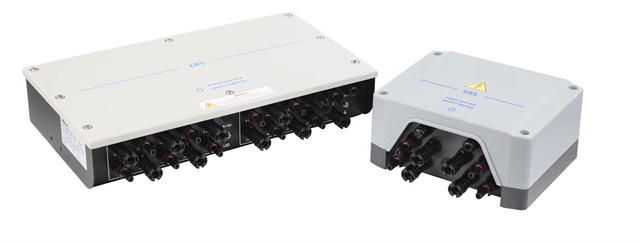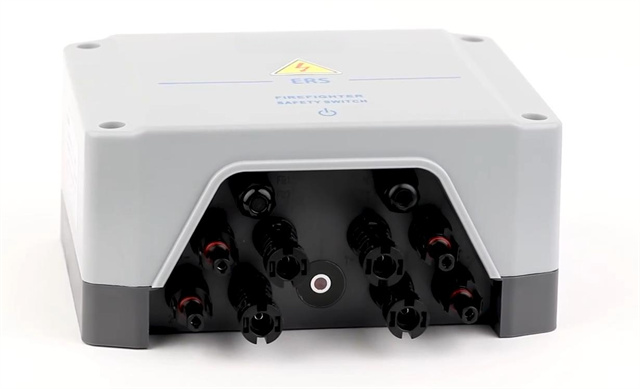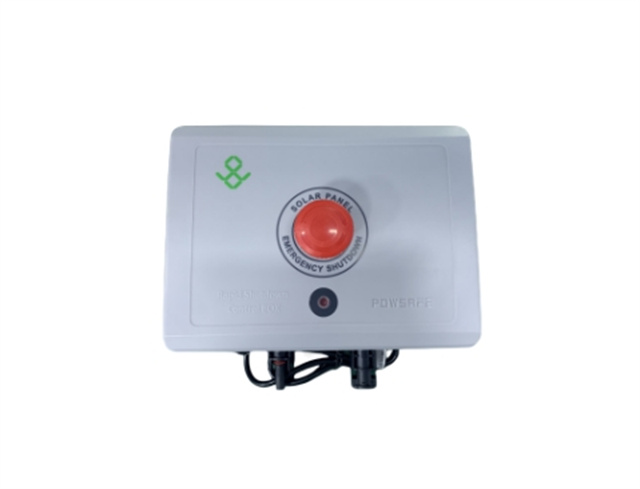Author:BLD Solar Energy SystemFROM:Solar System Converter Manufacturer TIME:2023-11-08
Installing Module Level Rapid Shutdown is an essential component of ensuring the safety and functionality of a photovoltaic (PV) system. Rapid Shutdown refers to the ability to quickly and safely shut down the power output of individual PV modules or strings in the event of an emergency or maintenance situation. This article provides a comprehensive guide on how to install Module Level Rapid Shutdown and highlights its importance in the PV industry.

Module Level Rapid Shutdown is a safety feature that ensures all PV modules in a system can be rapidly and simultaneously deactivated, reducing the risk of electrocution and fire hazard during emergency situations. It consists of devices, such as rapid shutdown boxes or transmitters, that communicate with receiver units installed at various points in the PV system.

Before installing Module Level Rapid Shutdown, it is crucial to choose the right equipment that complies with relevant safety standards. Look for products that are certified by recognized testing laboratories and meet the requirements specified in the National Electrical Code (NEC) Article 690.12.

The installation process starts with designing the system layout to ensure effective Rapid Shutdown functionality. Consider the location of rapid shutdown devices, wiring routes, and distances between PV modules and receivers. Adequate planning will optimize the effectiveness of the system and minimize potential installation challenges.
The next step is to mount the rapid shutdown devices, such as rapid shutdown boxes or transmitters, in suitable locations. These devices should be installed within reach and clearly labeled for easy identification during emergencies. Follow the manufacturer's instructions and guidelines for proper installation and ensure a secure mounting to withstand environmental conditions.
Receiver units are installed at various points within the PV system to receive signals from the rapid shutdown devices. These units must be appropriately positioned and connected according to the system's design. Carefully route the wiring and make secure connections to ensure reliable communication between the rapid shutdown devices and receivers.
After the physical installation, it is crucial to test and commission the Module Level Rapid Shutdown system. This involves verifying the functionality of the rapid shutdown devices, ensuring proper communication between devices and receivers, and conducting comprehensive system testing to confirm that the shutdown process works as intended.
To ensure the continued effectiveness of the Module Level Rapid Shutdown system, regular maintenance is necessary. Inspect the devices and receiver units periodically for any signs of damage or malfunction. Make sure all labeling remains visible and update as needed. Additionally, stay informed about any updates or changes in safety standards to keep the system compliant.
Module Level Rapid Shutdown is crucial for the safety of PV systems. It provides emergency responders with a predictable and safe environment during firefighting or other rescue operations. Moreover, it helps protect installers and maintenance personnel by minimizing the risk of exposure to live electrical components. By installing Module Level Rapid Shutdown, one can comply with safety codes and regulations while gaining peace of mind knowing that their PV system is equipped with adequate safety measures.
Installing Module Level Rapid Shutdown is an essential step in ensuring the safety and functionality of a PV system. By understanding the concept, selecting the right equipment, designing the system layout, and following proper installation procedures, one can create a reliable and compliant rapid shutdown system. Regular maintenance and adherence to safety standards are vital to guarantee its continued effectiveness. Emphasizing the importance of Module Level Rapid Shutdown highlights its role in safeguarding both people and property within the PV industry.
